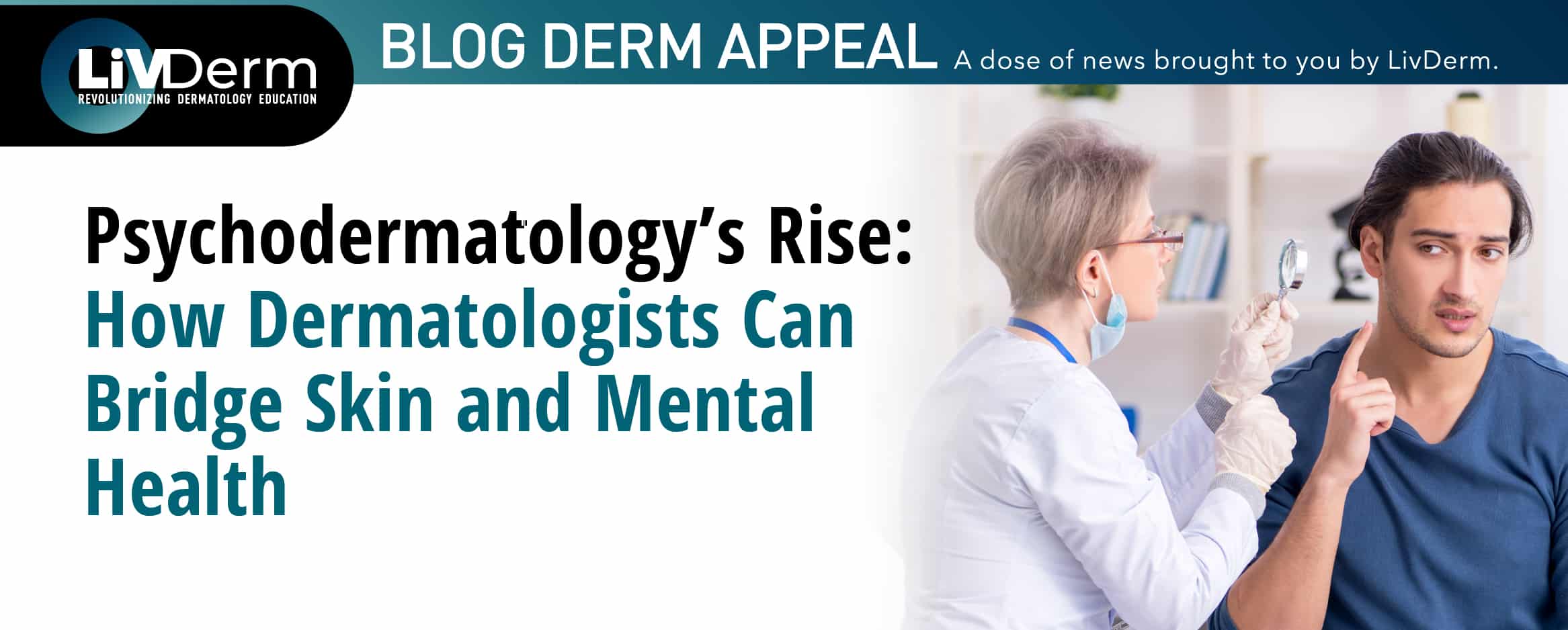In a recently published study, Christopher G. Bunick, MD, PhD, alongside Ivan B. Lomakin, PhD, Swapnil C. Devarkar, PhD, Shivali Patel, PhD, and Ayman Grada, MD, examined the ability of sarecycline to inhibit protein translation in Cutibacterium acnes (C. acnes) 70S ribosome using a two-site mechanism.

In 2018, sarecycline, a third-generation tetracycline, was approved by the U.S. Food and Drug Administration for moderate-to-severe acne and specifically targets C. acnes, the bacterium believed to be the cause of acne. Sarecycline’s specificity for C. acnes and other clinically-relevant Gram-positive bacteria has led scientists and researchers like Dr. Bunick to want to learn more about how this antibiotic, with a strong specificity for one bacterium and low propensity for developing antibiotic resistance, works differently from broad-spectrum antibiotics of the same tetracycline class.
The team of researchers, led by Dr. Bunick, Associate Professor of Dermatology and Physician-Scientist at Yale University, developed a special anaerobic chamber to grow C. acnes cells. They then purified the ribosomes of the cells and incubated them with the antibiotic using cryogenic electron microscopy (cryo-EM) to generate a 360-degree atomic model of sarecycline binding with the C. acnes ribosome. In doing so, they found that sarecycline is bound to two active sites on the ribosome.
"And what we discovered was that there are actually 2 binding sites, not one. Historically, it was thought that tetracycline derivatives would bind in a specific location known as the decoding center of the ribosome, where the ribosome is reading messenger RNA to translate it into protein. And indeed, we see that sarecycline does bind there. And what we found in the C. acnes cryo-electron microscopy structure was actually there was a second finding site in what's called the exit tunnel of the ribosome, where the growing protein, the protein that's being made by the ribosomes, is exiting through the ribosomes itself."
Dr. Christopher Bunick
Their model explains why sarecycline is less likely to lead to antibiotic resistance mutations. Dr. Lomakin states, “The probability of having a mutation at one ribosomal site is high, but the probability of having mutations at two sites at the same time is much lower.”
Furthermore, they also found these C. acnes have some zinc-free and zinc-bound forms of some ribosomal proteins. Their work thus further supports previous research suggesting zinc may be helpful in treating acne.
According to Dr. Bunick, “This is a huge step in the right direction towards pathogen-specific antibiotic development. If we can understand sarecycline’s low propensity for antibiotic resistance in C. acnes, that allows for the future development of even more targeted and safer antibiotics or other medicines with minimal resistance risk.”
- Sarecycline inhibits protein translation in Cutibacterium acnes 70S ribosome using a two-site mechanism | Nucleic Acids Research | Oxford Academic (oup.com)
- Antibiotics for Acne: Groundbreaking Study Shows Why One Works Best < Yale School of Medicine
- https://www.dermatologytimes.com/view/christopher-bunick-md-phd-previews-recently-published-sarecycline-study-to-be-presented-at-aad
















